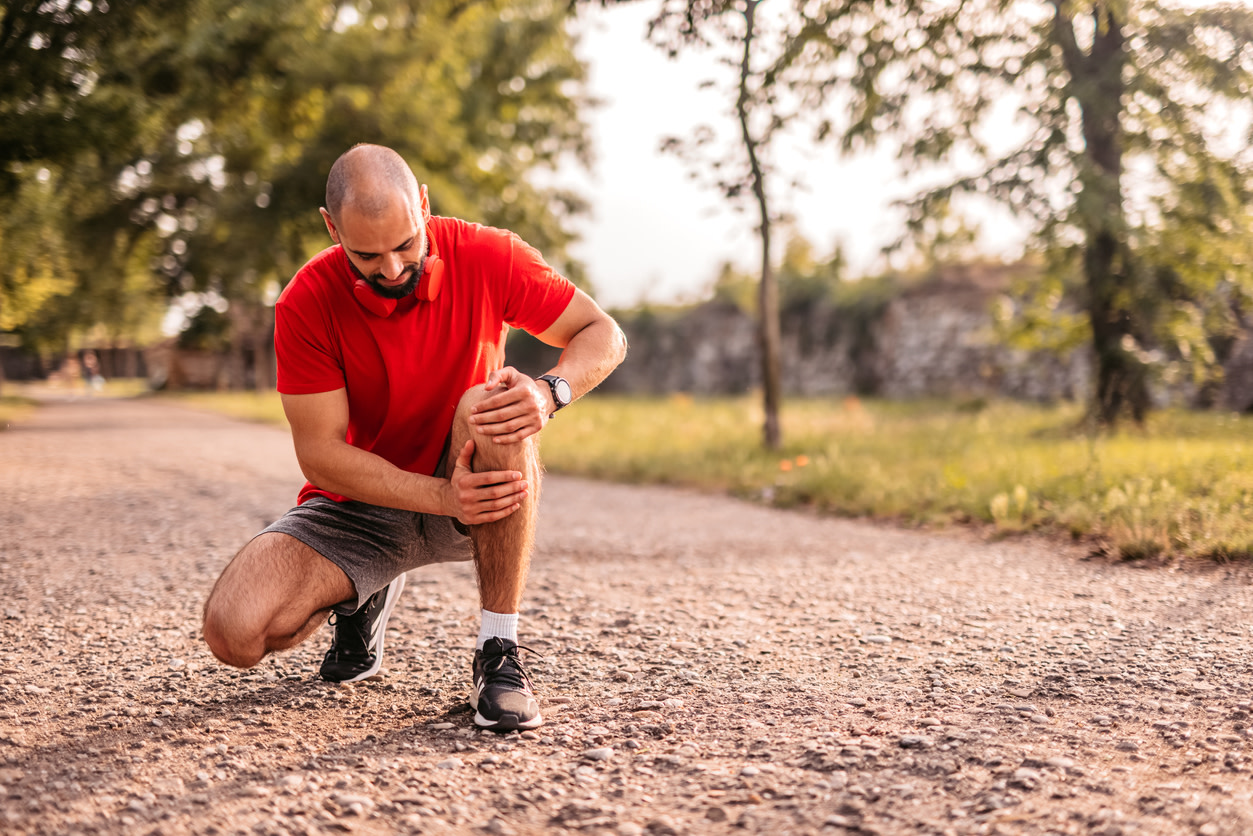Patellar tendonitis (jumper’s knee) treatment and prevention tips
Learn about patellar tendonitis, also known as jumper’s knee, including its causes and symptoms. Discover prevention and treatment tips for pain relief.
0 $ pour vous
Dernière mise à jour : Jun 5, 2025
Table des matières
Fully covered knee pain relief
Find relief from knee pain, knee locking, stiff knees, & more.
Check if I'm eligibleExercises for patellar tendonitis
Want expert care? Check if you're covered for our free program →- Knee Extension
- Squat
- Split Squat
- Straight Leg Raise
- Hamstring Stretch
